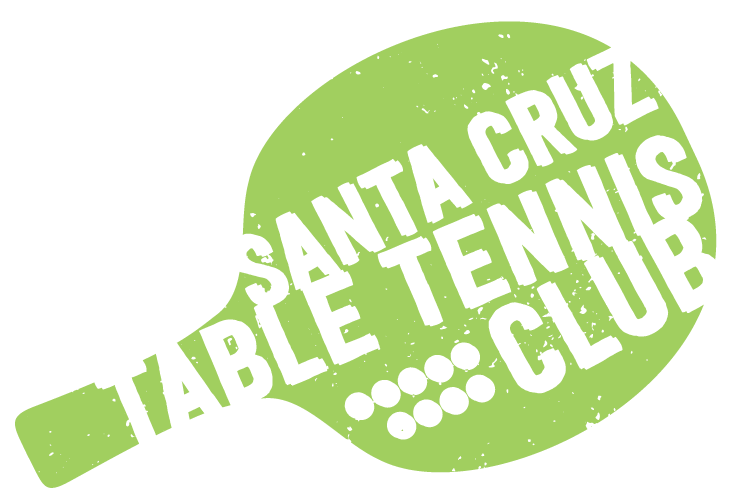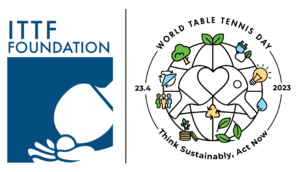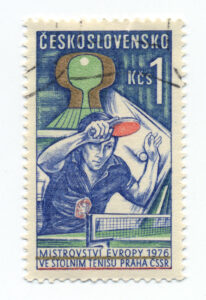2.14 OUT OF ORDER OF SERVING, RECEIVING OR ENDS
2.14.1 If a player serves or receives out of turn, play shall be interrupted by the umpire as soon as the error is discovered and shall resume with those players serving and receiving who should be server and receiver respectively at the score that has been reached, according to the sequence established at the beginning of the match and, in doubles, to the order of serving chosen by the pair having the right to serve first in the game during which the error is discovered.
2.14.2 If the players have not changed ends when they should have done so, play shall be interrupted by the umpire as soon as the error is discovered and shall resume with the players at the ends at which they should be at the score that has been reached, according to the sequence established at the beginning of the match.
2.14.3 In any circumstances, all points scored before the discovery of an error shall be reckoned.
2.15 THE EXPEDITE SYSTEM
2.15.1 Except as provided in 2.15.2, the expedite system shall come into operation after 10 minutes’ play in a game or at any time when requested by both players or pairs.
2.15.2 The expedite system shall not be introduced in a game if at least 18 points have been scored.
2.15.3 If the ball is in play when the time limit is reached and the expedite system is due to come into operation, play shall be interrupted by the umpire and shall resume with service by the player who served in the rally that was interrupted; if the ball is not in play when the expedite system comes into operation, play shall resume with service by the player who received in the immediately preceding rally. 2.15.4 Thereafter, each player shall serve for 1 point in turn until the end of the game, and if the receiving player or pair makes 13 correct returns in a rally the receiver shall score a point.
2.15.5 Introduction of the expedite system shall not alter the order of serving and receiving in the match, as defined in 2.13.6.
2.15.6 Once introduced, the expedite system shall remain in operation until the end of the match.


